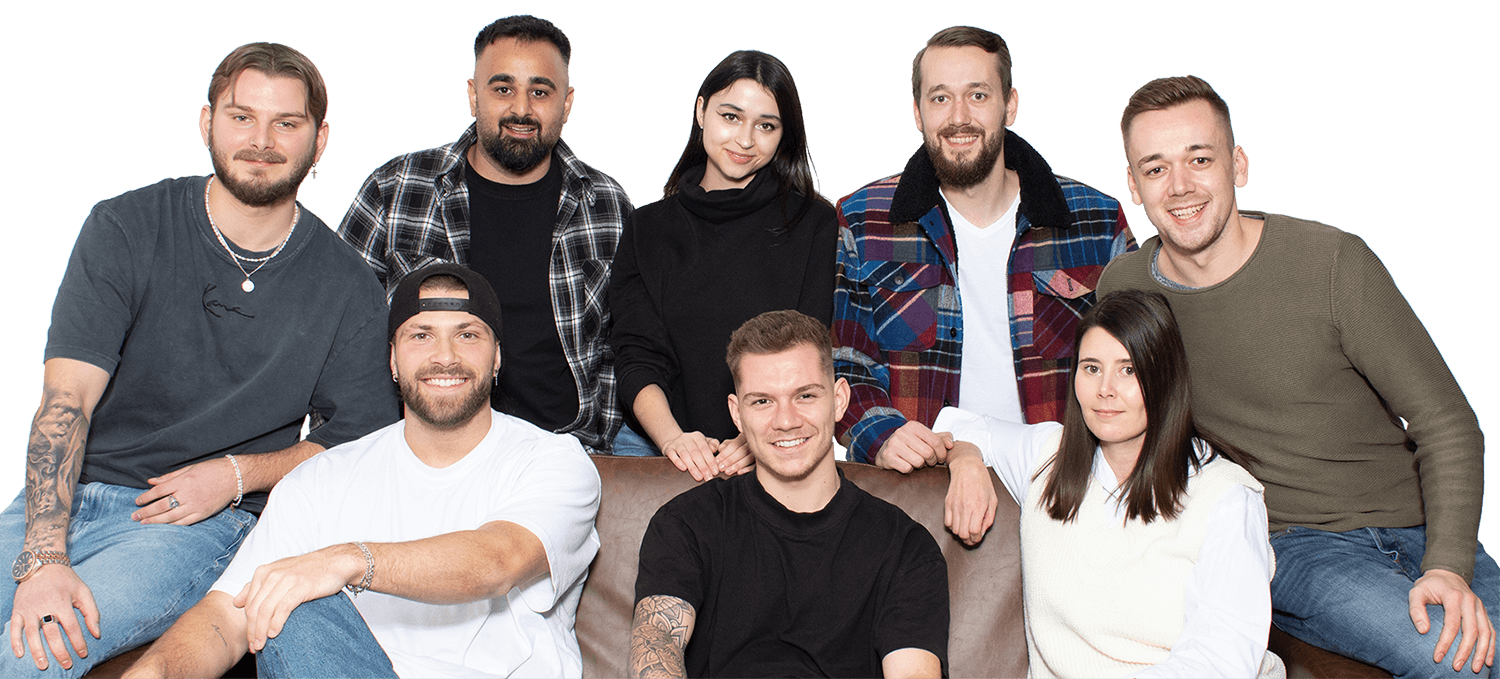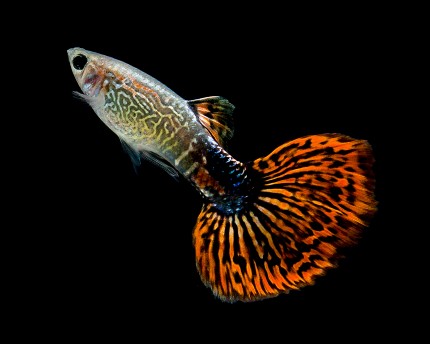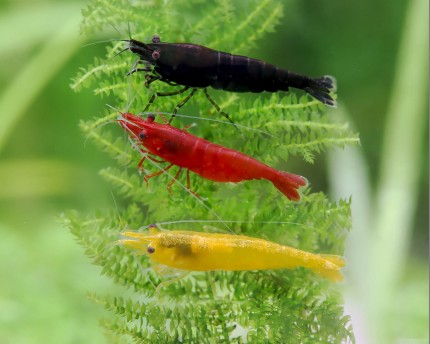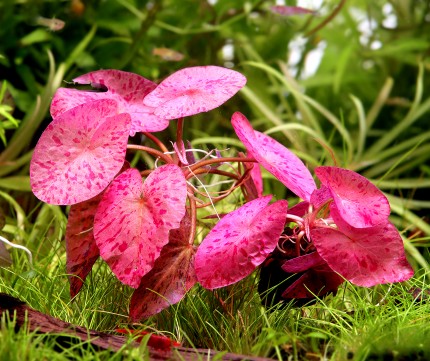- Item no: 2778
Fast delivery times
All products are in stock with us!14 years of breeding experience
Let our team of experts advise you!High customer satisfaction
from over 3,000 reviews "Land hermit crab, Coenobita rugosus
The furrowed land hermit crab Coenobita rugosus lives in mangrove forests near beaches and in sand dunes on the coasts of the Indian-Pacific Ocean, in East Africa, Southeast Asia, Australia and Polynesia. It is Coenobita rugosus the species with probably the widest distribution among land hermit crabs. With a size of up to 15 cm the furrowed land hermit gets quite large, a group of three to five animals should therefore be kept in terrariums with an edge length of 80 cm or more.
As with the other land hermit crabs, Coenobita rugosus has a very soft, unarmored abdomen, which it protects with a shell. The Furrowed Land Hermit Crab prefers snail shells of the genera Neritina, Bufonaria, Lunella and Turbo for this purpose. After molting and the associated growth, land hermits often have to move because their old snail shell has become too small for them. It is advisable to keep at least three additional shells of different sizes per hermit. Please offer only undamaged snail shells to prevent the crabs' gills from drying out. They are kept moist by a supply of water carried in the hutch.
The Furrowed Land Hermit has two distinctly different sized claws. Color wise Coenobita rugosus is very variable and therefore not easy to determine. From light gray to black over red, brown-gray, white, yellow, pink, purple, gray-green, orange or brown everything is present. The body of Coenobita rugosus often shows lighter spots. Behind the pairs of antennae sometimes appears a black diagonal stripe, some animals have a roundish, slightly lighter marking on the back. Females and males can be distinguished by the webbed remains that females carry on the left side of the abdomen and to which they attach their eggs. However, you can only see these webbed leg remnants when the ladies are moving, otherwise they are covered by the shell. Please never pull a land hermit crab out of its shell, the animals will be severely injured and die as a result!
Land hermit crabs have already been bred in the hobby. Breeding is not easy, because the larvae, which hatch from the eggs and are released by the females in the water part, need salt water.
Coenobita rugosus lives near the beach and does not move further than 100 m from the water's edge. So in the terrarium you should definitely provide a bowl with seawater for these land hermits. Also a bowl with fresh water is accepted very gladly and should not be missing therefore, the animals mix themselves the correct salt concentration then in their little house. The water level in the bowls should only be so high that the shell of the smallest animal of the group is barely covered. Land loners can drown in water that is too deep. They are grateful for exit opportunities from the water section.
Permanently moist sand as substrate is advantageous in a terrarium for land hermits, but you can also use terrarium humus. In this case, however, you should provide at least a small sand section for the animals. The substrate should be high enough to allow the hermit crabs to burrow completely for molting. Climbing facilities of wood, cork bark and stones must be offered, even though Coenobita rugosus is not quite as active climber as other species. Humidity should be 70 to 85%, so in addition to the permanently moist substrate, spraying must be done daily. A heating cable is rather not needed for these hermit crabs, a heat lamp is sufficient to reach the temperature of 22 to 29 °C required by them.
Like all land hermit crabs, Coenobita rugosus is a group animal with interesting social behavior. It needs a group of three to five conspecifics to feel comfortable, but can also be kept with other land hermit crabs. Coenobita rugosus communicate not only by body language, but also by chirping (which can be surprisingly loud)
Plants are actively eaten by the Furrowed Hermit Crab, or it destroys them by crawling over them. Please use - if at all - only non-toxic plants. Hard-leaved plants have a longer life span. Store-bought plants should be cultivated on a windowsill for two months before planting. Wash the soil completely from the roots before placing the plants in the terrarium so that any fertilizer residue will not harm the terrestrial hermit crabs.
The pigment astaxanthin is vital to all coenobita. It is found mainly in red, yellow and orange vegetables and fruits. Vegetables and fruits must be untreated! The furrowed land hermit crab also likes to eat algae. Since the Furrowed Land Hermit Crab does not feed exclusively on plants, you should serve animal food from time to time: some unseasoned raw fish, frozen mosquito larvae, freeze-dried insects ... What is not eaten should be removed from the terrarium again before it becomes moldy. Foliage should not be missing, as with all invertebrates, nor should a source of calcium in the form of crushed eggshells or a cuttlebone.
Live white isopods or springtails are a good addition to the terrarium, they not only take care of food scraps but also serve as a live food source for the terrestrial invertebrates.
Our recommendation: Use NatureHolic InVitros for the planting. These are free of snails, planaria and other unwanted co-inhabitants. Also free of algae spores, bacteria and fungi.
Expert Tip: We recommend the NatureHolic 3 Phase Liquid when keeping invertebrates. The care set offers the best all-round protection for your invertebrates. It ensures optimal conditions for successful breeding and keeping.
| Scientific name | Coenobita rugosus H. Milne-Edwards, 1837 |
| German name: | Furrowed land hermit crab |
| Difficulty level: | for informed beginners |
| Origin/distribution: | Polynesia, Australia, Southeast Asia, East Africa |
| Coloration: | extremely variable |
| Age expectancy | up to 10 years |
| Terrarium size: | from 80 cm for a group of three to five animals, two water parts (freshwater and saltwater) in shallow bowls |
| Food | brown autumn leaves, frozen food, freeze-dried insects and crustaceans, fish meat, vegetables, green food, fruit, algae |
| Propagation | Land hermits have already been bred in the hobby, complicated. Females release larvae that must be reared separately in a marine tank. |
| Behavior | very peaceful, very social group animal |
| Socialization | with other land hermit crabs |
| Additional information | Invertebrates on and near the beach in Khao Lak, Foliage for the aquarium + foliage list, Successfully maintaining mosses in the aquarium and terrarium |
- Item no: 2778
Entdecke die Garnelio Welt!
Garnelio gehört zu den größten Onlineshops für wirbellose Aquarientiere weltweit.
Viele Artikel gibt es exklusiv nur bei uns im Shop.






























